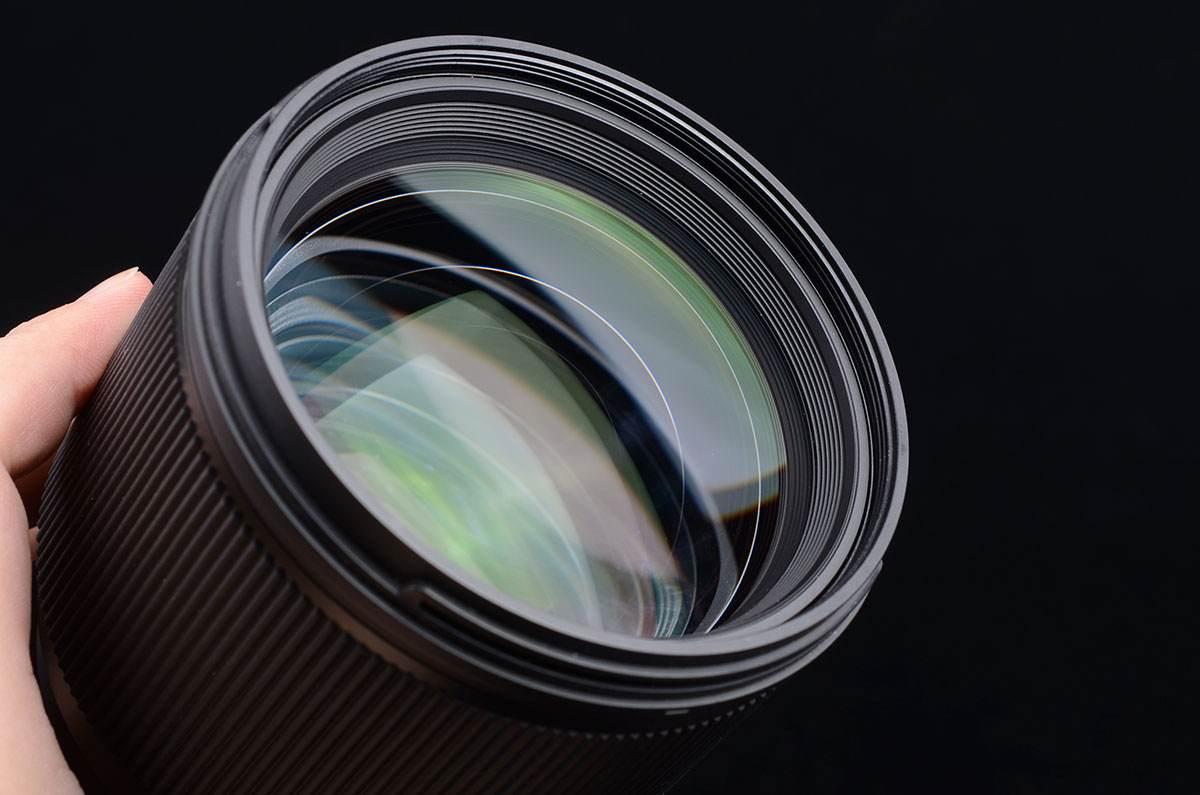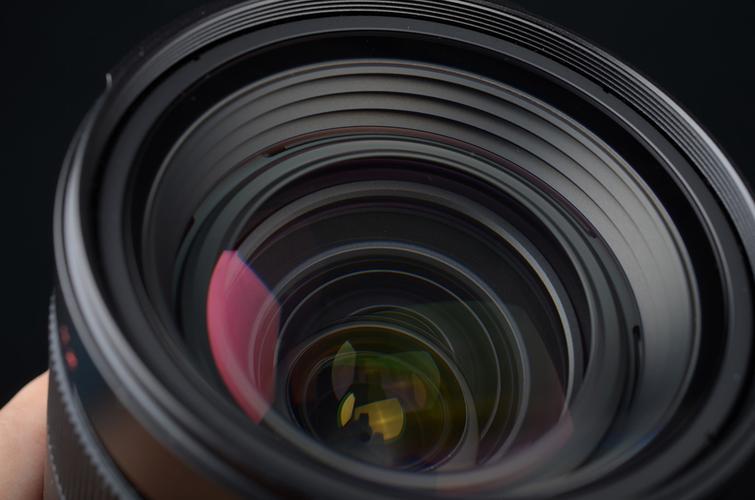Optical mirrors consist of a piece of glass (called a substrate) with a top surface coated with a highly reflective material, such as aluminum, silver, or gold, which effectively reflects as much light as possible.
They are used in a wide variety of industries such as life sciences, astronomy, metrology, semiconductor or solar energy applications including beam steering, interferometry, imaging or lighting.

Flat and spherical optical mirrors, both manufactured using state-of-the-art evaporative coating technology, and available in a variety of reflective coating options including Protected Aluminum, Enhanced Aluminum, Protected Silver, Protective Gold and Custom Dielectric Coatings.
Optical windows are flat, optically transparent plates most commonly used to protect optical systems and electronic sensors from the external environment.
They are designed according to customer needs to maximize transmission over a specific desired wavelength range while minimizing undesired phenomena such as absorption and reflection.

Since the optical window does not introduce any optical power into the system, it should be determined primarily based on its physical properties (eg transmittance, optical surface specifications) and its mechanical properties (thermal properties, durability, scratch resistance, hardness, etc.). Match them exactly to your specific application.
Optical windows are available in a wide range of materials, such as optical glass such as N-BK7, UV fused silica, germanium, zinc selenide, sapphire, Borofloat and ultra-clear glass.
Post time: Oct-19-2022
